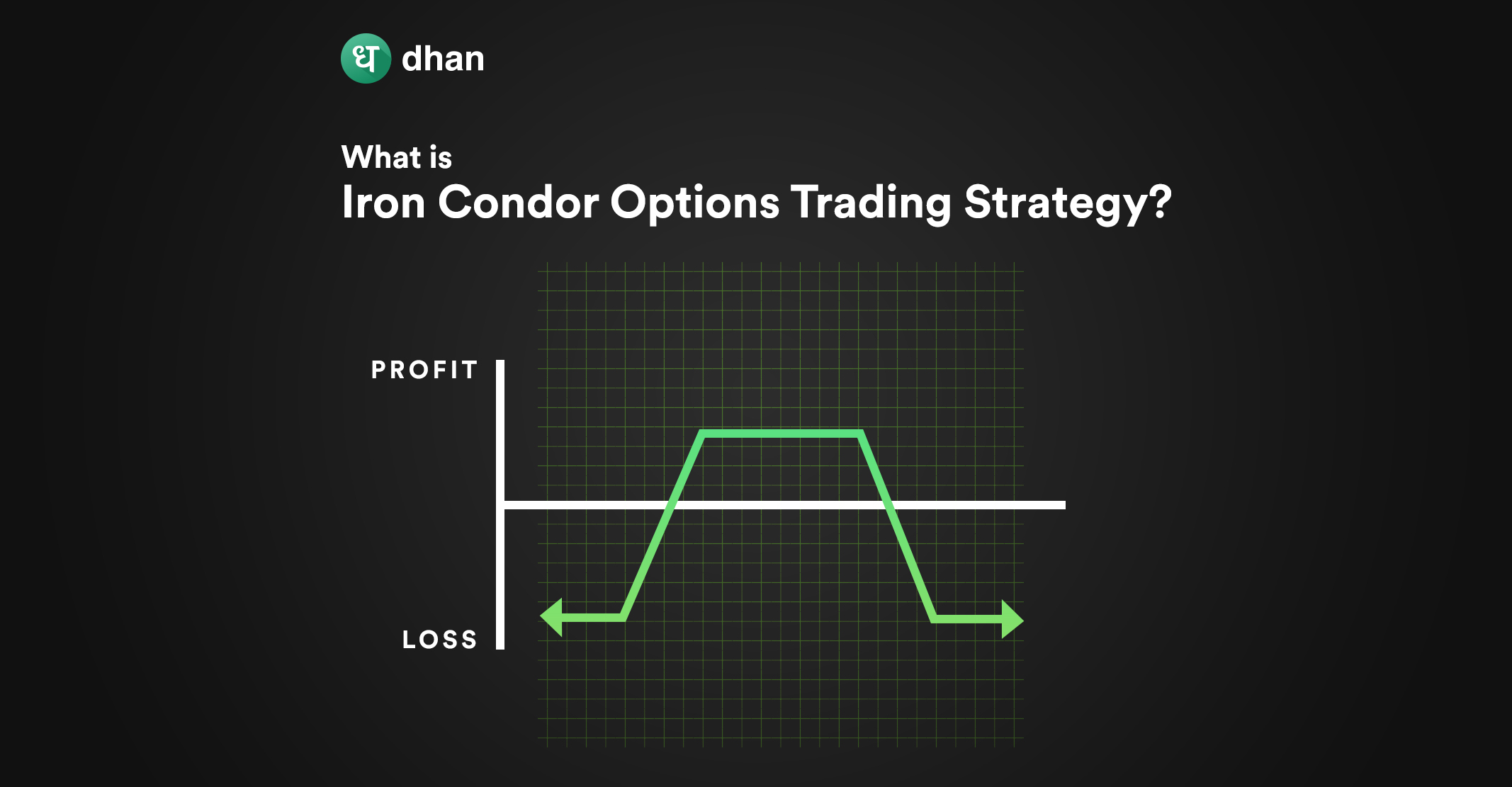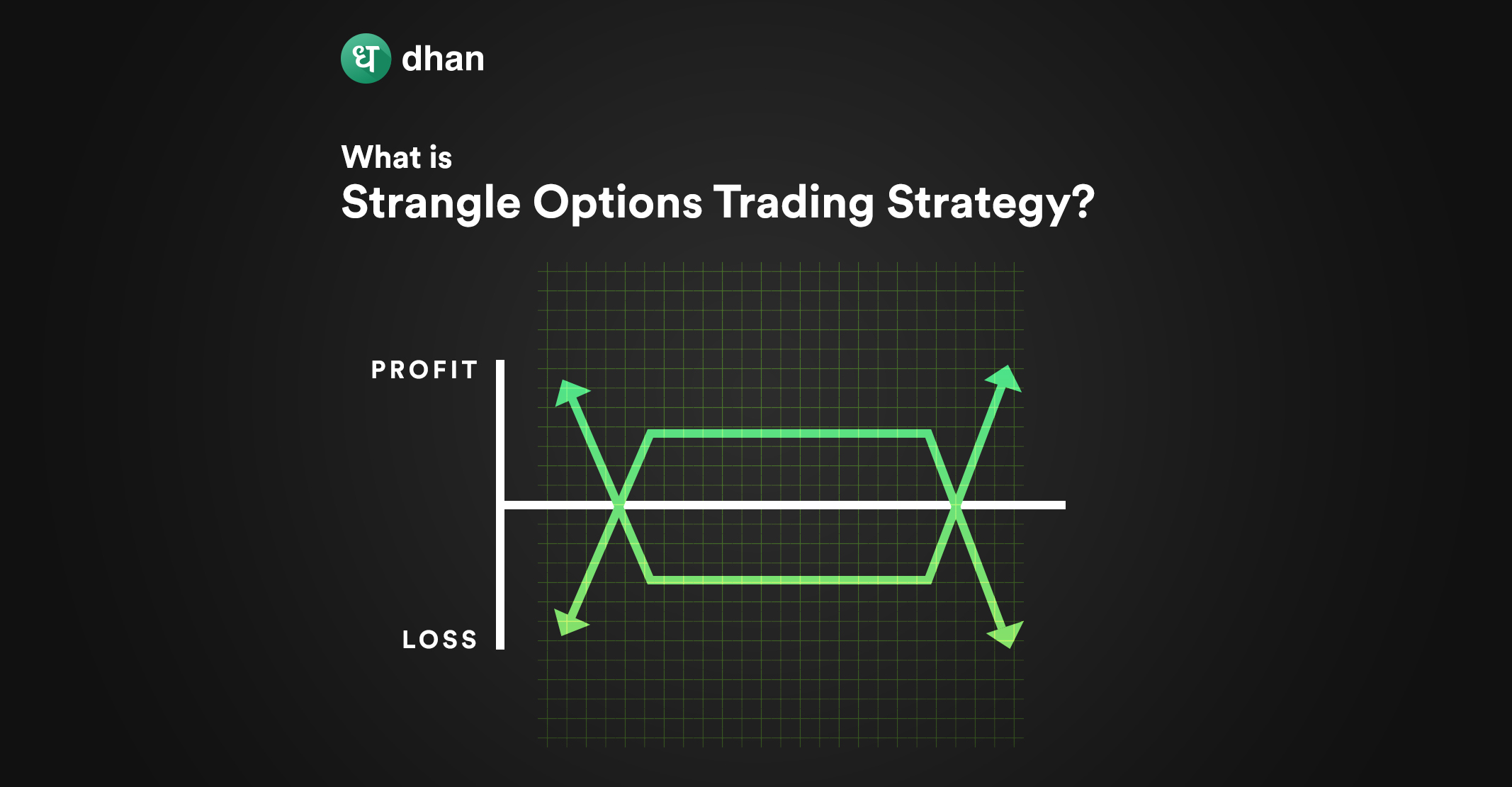The term ‘Premium’ comes up often when speaking of futures or options. But what exactly is a premium in futures and options and does it mean the same for both? The answer lies ahead.
Let’s start with a little refresher on online f&o trading for those who are new. Seasoned traders can skip to the following part: What is ‘Premium’ in Futures Trading?
What are Futures & Options?
Futures and Options are two financial instruments called ‘derivatives’, known for their high-risk/high-return nature. Prices of underlying assets are the base for the value of derivatives. That asset can be shares, commodities, or even currency.
The value of futures and options changes with the value of the underlying asset. With futures, you pay a pre-decided margin to the broker for a financial asset, with the promise to make full payment or sell at a certain date, price, or quantity in the future.
The change in the value of the asset from the spot time to the end of the contract time will be your profit or loss, which you must bear.
Options trading is when you pay a pre-decided amount to the other trader selling/buying the contract to/from you but there is no promise of selling or buying involved.
The difference here is that paying for the asset gives you the right over it, but not the obligation to make full payment or sell. You can trade derivatives through an F&O trading app.
Now that you have a clear idea of what Futures and Options are, let us move on to what premium means for both of them. While these derivatives are similar, you will be surprised to know that premium means different things for both. Read on to know more:
Premium in Futures Trading
The amount of money you pay while entering into a futures contract with a seller is called the margin. When the future contract you purchased is trading at a higher value compared to the price you paid, it is regarded to be at a premium.
Time value leads futures contracts to trade at a higher price, which is usually at a premium to the spot (purchase) price. Keep in mind that it is called a futures premium only when referring to equity and currency derivatives.
For commodities such as gold, the premium is called ‘Contango’. The meaning of both terms remains the same: the derivative is trading at a higher price than the spot price. Thus, the formula to calculate premium in futures is as follows:
Futures Premium = Current Market Price – Original Price Paid
Premium in Options Trading
When you buy options, you pay a ‘premium’ to the seller to attain the right of the underlying asset but not the obligation. The term for that is ‘Options Premium’.
It is paid to call option sellers and put option buyers as they have unlimited risk in case, call option buyers/put option sellers decide to execute their contracts. When a trader buys/sells a call/put option, they determine the risk by its cost or premium.
They can choose to not exercise your contract if the value of the asset has not moved in a favorable direction. Hence, their loss is limited to only the amount of premium paid.
If the contract is not executed, the premium is an earning for the call option seller/put option buyer. Futures and options are meant to protect you from the price movements of underlying financial assets as your exposure is limited and indirect.
Factors That Affect Premium in Futures & Options Trading
The premium in futures and options trading is known to change based on various factors. These factors are crucial for you to understand so that you can play around with the premiums smartly.
1. Volatility
No prizes for guessing – volatility is perhaps the most important factor that affects premium prices.
Volatile markets can lead to significant price swings during which option premiums may rise. Conversely, option premiums are lower in less volatile markets.
2. Time to Expiry
If you’ve heard the phrase “Time is money”, it’s true in the case of premium pricing. The longer there is to expiry, the higher the premiums will be.
Options that won’t expire soon have a better chance of being profitable. Hence the higher pricing of option premiums.
3. Interest Rates
Interest rates set by the government are known to impact the premium of both futures and options.
If the interest rate is high, the premiums will be high. The opposite happens when the interest rates are low.
The reason is simple – higher interest rates lead to higher cost of carry.
4. Underlying Asset Price
At the end of the day, futures and options derive their value from the underlying, regardless of whether it’s a stock, index, currency, or commodity.
That’s why the price of the underlying compared to the strike price of futures or options impacts the premiums.
ITM options tend to have higher premiums. On the flip side, OTM options have lower premiums.
5. Implied Volatility
Implied volatility is the current expectation of future volatility. This IV has a significant impact on option premiums. If the IV is high, the premium will be just as high.
How to Trade Options and Futures with Premium
You can use online trading platforms like Dhan to trade options and futures. However, if you prefer trading right at your fingertips, you can also use an F&O trading app offered by Dhan. It provides a lightning-fast trading experience with a feature-rich and easy-to-use interface.
Using a mobile app enables you to save money, time, and effort on your trades. You can buy or sell derivatives as soon as you spot a good trade, even if you are on the go. Features like trading directly from charts, market outlook, screener, market scanner, and advanced options chain help you discover promising futures and options trades right in your palm.
Conclusion
While the term “premium” exists in both futures and options trading, it has different meanings. In options, a premium is the amount of money a buyer pays to acquire an options contract whereas a futures contract is said to be at a premium when it trades above the price paid to acquire the very same contract.
Either way, the concepts of future and option premium are important when using an online F&O trading app. If you want to know more about trading derivatives, check out the following blogs:
- Technical Indicator Blogs
- What is the Butterfly Option Strategy?
- What is the Straddle Options Strategy?
- What is ATM/OTM/ITM in Options?
FAQs
Q. What is premium in options?
A premium in options is the money that a buyer must pay to an options seller to obtain the option. It’s the current market price of the option contract and is composed of two factors: intrinsic value and extrinsic value. ITM options premiums are calculated using Intrinsic and Extrinsic values. OTM options premiums are priced using Extrinsic value alone.



